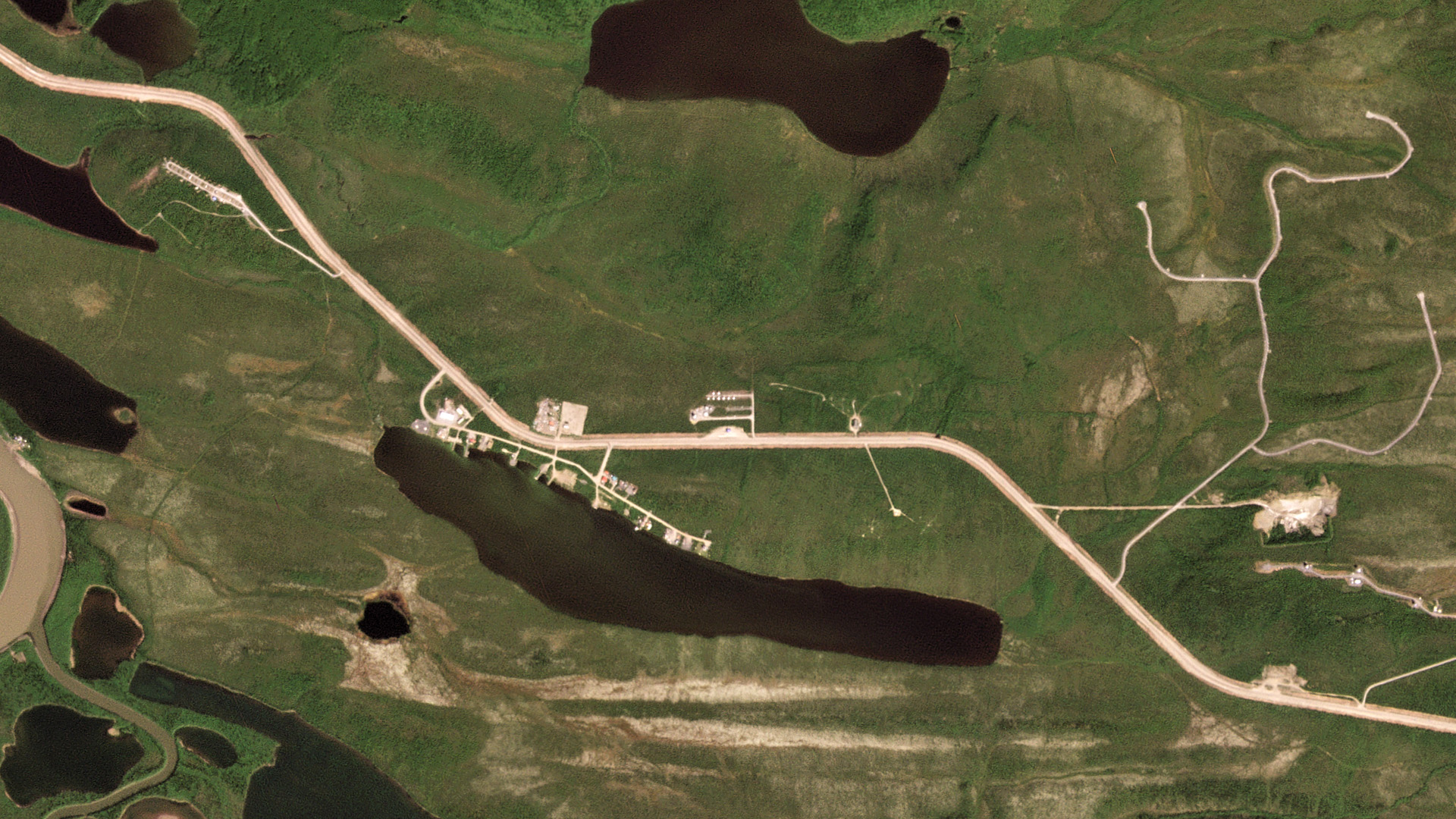B14: The Cubesat with One of the World’s Fastest Satellite Radios
Agile aerospace supports rapid prototyping, continuous iteration, and adaptation of the latest commercial-off-the-shelf (COTS) technology—and our Build 14 Dove (B14) is agile aerospace at its finest. What’s under the hood? We’ve had more than a few inquiries and want to share some of the latest updates.
Planet’s Build 14 Dove includes the best-in-class sensor, optics, and bus capabilities per kilogram in the industry, and is one of the most improved Dove iterations in the history of Planet. Its creation greatly improves our satellites’ capabilities, including additional spectral bands, and allows us to continuously launch higher performant satellites that provide better quality data to a variety of industries.

Especially notable is the high speed downlink 2 (HSD2)—the world’s fastest X-band low-Earth orbit (LEO) satellite radio that has achieved 1.7 Gbps downlink speed to date. With HSD2 we can download 85 GB of imagery (the equivalent of 20,000 images) in a single ground station pass—a historical feat.
From the beginning of Planet’s existence as a company, we focused our efforts on improving our radio performance. The graph below shows the agile and iterative improvements that Planet has made over time on the high speed downlink system across Dove spacecraft hardware variants B3-B14.

With HSD2, we can download about 1TB of data from a single satellite to a single ground station in a 24 hour period. This is the most amount of data that can be downloaded from a small satellite platform to date. HSD2 is an enabling technology for Planet’s data intensive mission and ushers in a whole new class of sensors and payloads from a small satellite platform.
The logarithmic plot below shows the data rates in kbps as a function of launch year. The blue dots represent all the Cubesats that have been launched since the Cubesat standards were established in 2003. The green dot represents Digital Globe’s WV3 satellite, which achieves 1.2 Gbps. Planet’s Dove satellites are shown in red, with 1.7 Gbps throughput.

After 14 hardware iterations, B14 launched into orbit in November of 2018. Planet will be phasing in more of these new Doves over the next year to continue our mission of global, daily monitoring while expanding our Earth imagery archive. With B14 we’ve created a platform that can be applied to future mission architectures that will enable high resolution, high-revisit and multi-spectral imaging.
For a more in-depth look at Planet’s high speed radio capabilities, check out our paper, Planet High Speed Radio: Crossing Gbps from a 3U Cubesat, which was presented at the 33rd Annual AIAA/USU Conference on Small Satellites in Logan, Utah.

Canadian satellite ground station Inuvik // Credit: Rob Simmon, Planet




